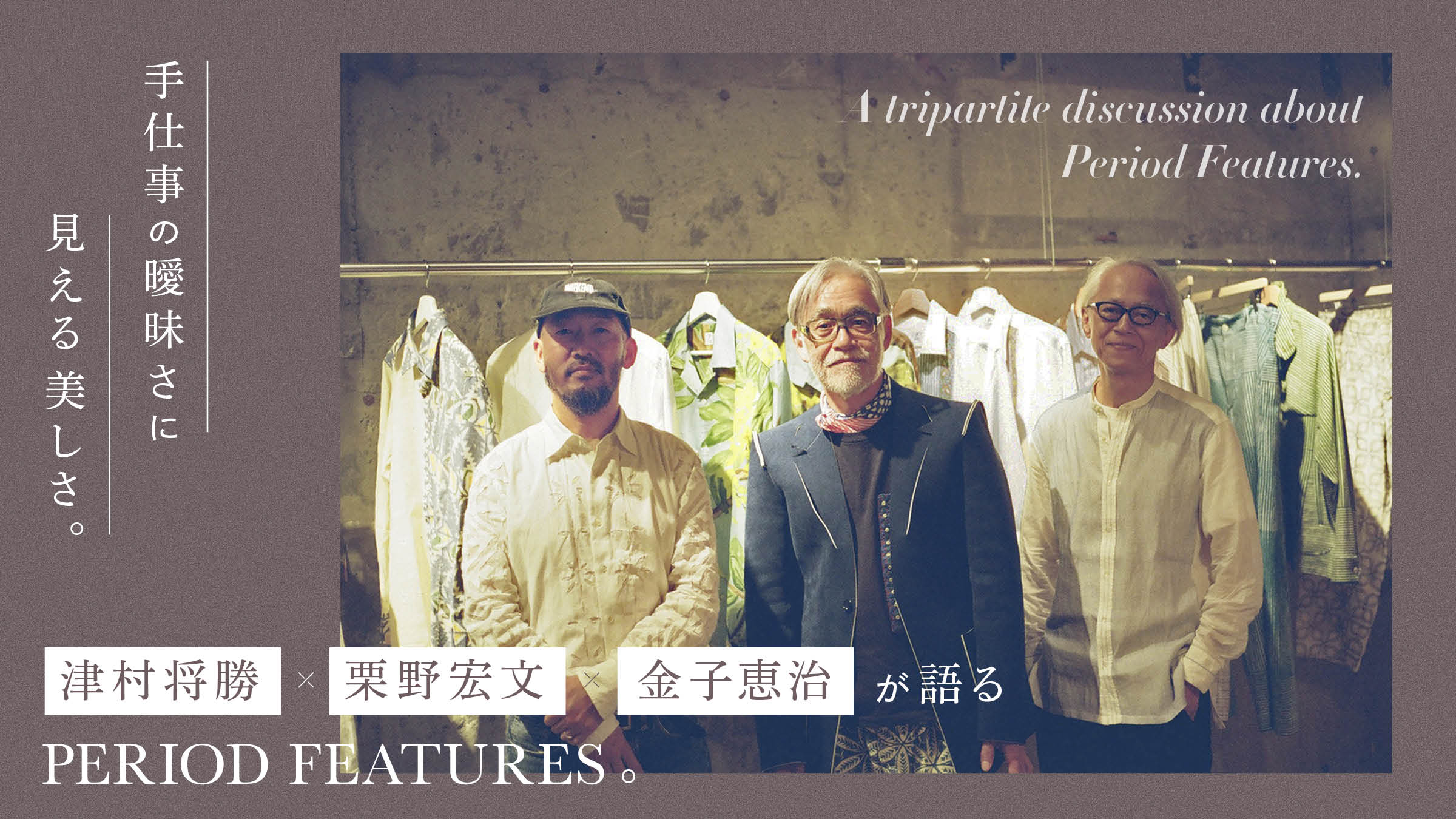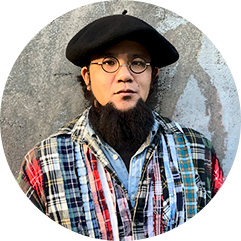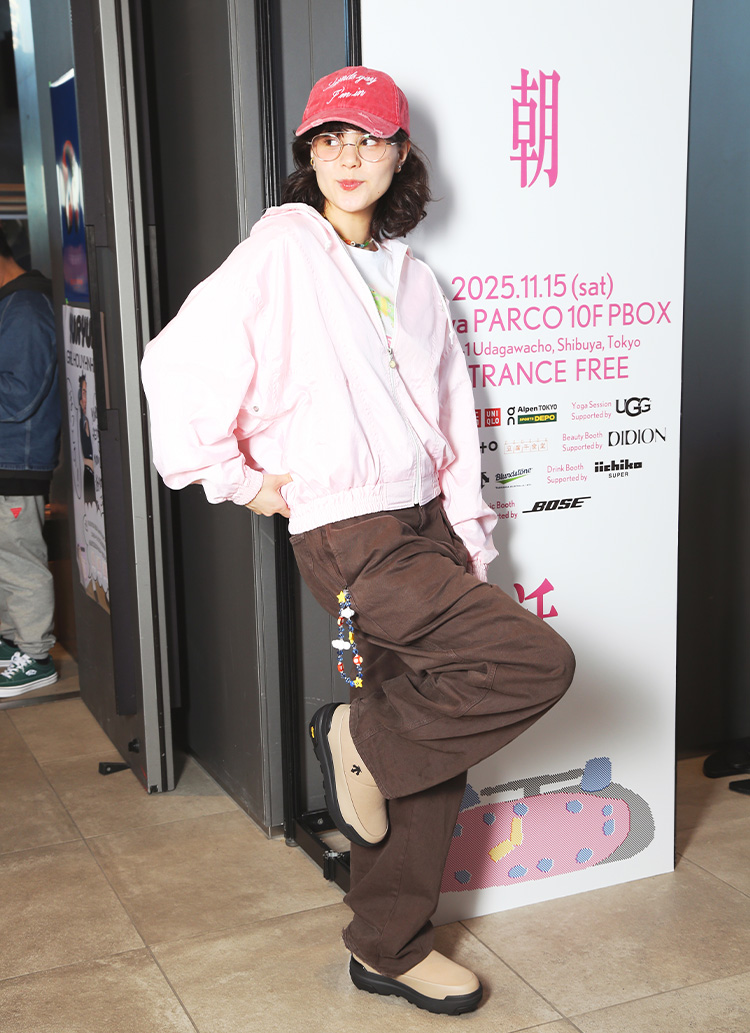After all, "fashion helps you.

-Was that the first time you decided to make clothes? Why India?
Tsumura:I went to India for the first time when I was 29, for two months. When I was staying in Bali, I suddenly heard a voice in the pool saying, "Go to India next. So I went to India and immediately went south from Delhi to a tailor and had about four coordinated outfits made for me to wear in India. I spent about two weeks out of two months on a luxury trip where I would wear the clothes and go out to eat, and the other two weeks were just a normal trip to India. I stayed in hotels ranging from 200 yen to 100,000 yen, and traveled to many places.
-He said, "I was in India for a long time, and I was very impressed with Indian clothes and Indian technology.
Tsumura:There is an "India International Fair" in Delhi, which is a large market for all kinds of goods exported from India to overseas. I saw a fabric there that was so good that I bought a bunch of it, took it to a tailor, and had a shirt made. When I wore it after returning to Japan, people kept asking me, "Where did you get that shirt? So I decided to open a shirt shop.
Kurino:Mr. Tsumura always wears clothes that he himself thinks are good, and by doing so, he is approached. That is the story, isn't it?
Tsumura:I talked to an acquaintance in India, and he introduced me to a sewing factory that produces clothes for the maison brands I mentioned earlier, and they do top-notch work. Seeing that, I was convinced that I could do it in India. But the Indian temperament is completely different from that of the Japanese, so basically things don't work out.

-The basic idea and culture are different.
Tsumura:First of all, there is no such thing as quality control. So, if I am watching the work in front of me, I will do it properly, but when I leave, it will be something completely different.
Kaneko:So you have been going to India for a long time.
Tsumura:We are there all the time, especially during sample production.
Kaneko:I once visited India on business and toured production sites and factories, but I could never imagine making products here. There were good products, but the quality of the clothes could not be controlled. I understood this firsthand. That is why, when I saw the brand "Period Features," I felt that Mr. Tsumura was the only one who stepped into a place where no one else could enter. Of course the design was wonderful, but there was no one else who could take it this far. It's not everyone's dream, but the fact that someone has made it a reality is probably what I sympathized with the most.
-The "reshop" has also been handling the product since the early days?
Kaneko:I didn't get to see it at the first Pitti, but I guess it was the following season. I was introduced to Mr. Tsumura by someone who said, "Mr. Kaneko, I absolutely love your work," and that is how I was able to go see it. I was thinking today that Mr. Tsumura's history is very special, so I wonder if there will ever be a brand that will follow in the footsteps of "Period Features". From the beginning, I did not feel the atmosphere of someone who has been designing clothes. There was an originality that someone who has lived in the culture would skip over common sense and do it, and that is what surprised me as a buyer.
Also, many of our customers are in their 20s. People of my generation and Mr. Kurino's generation have seen many kinds of clothes and know what is great about them, but young people buy them simply because they see the beauty and charm of the product. That is also the beauty of this brand.
Kurino:People have been attracted to Mr. Tsumura's hibiscus-patterned aloha and tuxedo pants. This is reflected in what he is making now. It is not a matter of technique, pattern, or education, but a sense that only Mr. Tsumura has. Young people are buying into the sense of "something amazing. After all, "fashion helps you.









